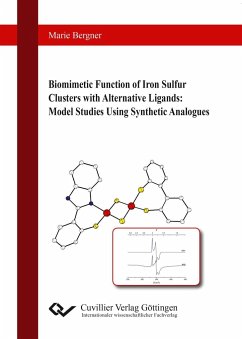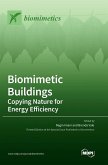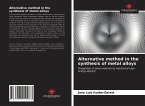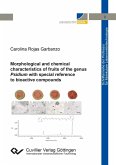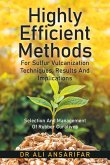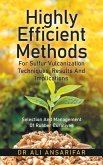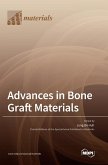Iron sulfur clusters are essential cofactors involved in electron transfer, sensing, and catalysis in all three kingdoms of life. While most iron sulfur clusters are ligated by cysteine thiolates, a number of clusters featuring so called alternative ligands such as histidine have been recognized in recent years. This work uses synthetic [2Fe-2S] analogues to explore the role alternative ligands play in determining the reactivity of iron sulfur clusters. Isomerization in a homoleptically coordinated cluster utilizing a mixed nitrogen- and sulfur-donating ligand is investigated as a model for ligand rearrangement processes during iron sulfur cluster biogenesis. Furthermore, a high fidelity model system for the asymmetrically ligated [2Fe-2S] cluster of mitoNEET proteins is developed and characterized in detail. This cluster and its homoleptic analogue are studied as reagents in proton coupled electron transfer processes, highlighting the role asymmetry and reorganization energy play in tuning this reactivity. The effects of the ligation pattern on entropic contributions during reduction are probed by temperature dependent electrochemical measurements. Finally, synthetic [2Fe-2S] clusters are investigated with respect to their reactivity with organic radicals, mimicking the unique reactivity of biotin synthase.
Hinweis: Dieser Artikel kann nur an eine deutsche Lieferadresse ausgeliefert werden.
Hinweis: Dieser Artikel kann nur an eine deutsche Lieferadresse ausgeliefert werden.

